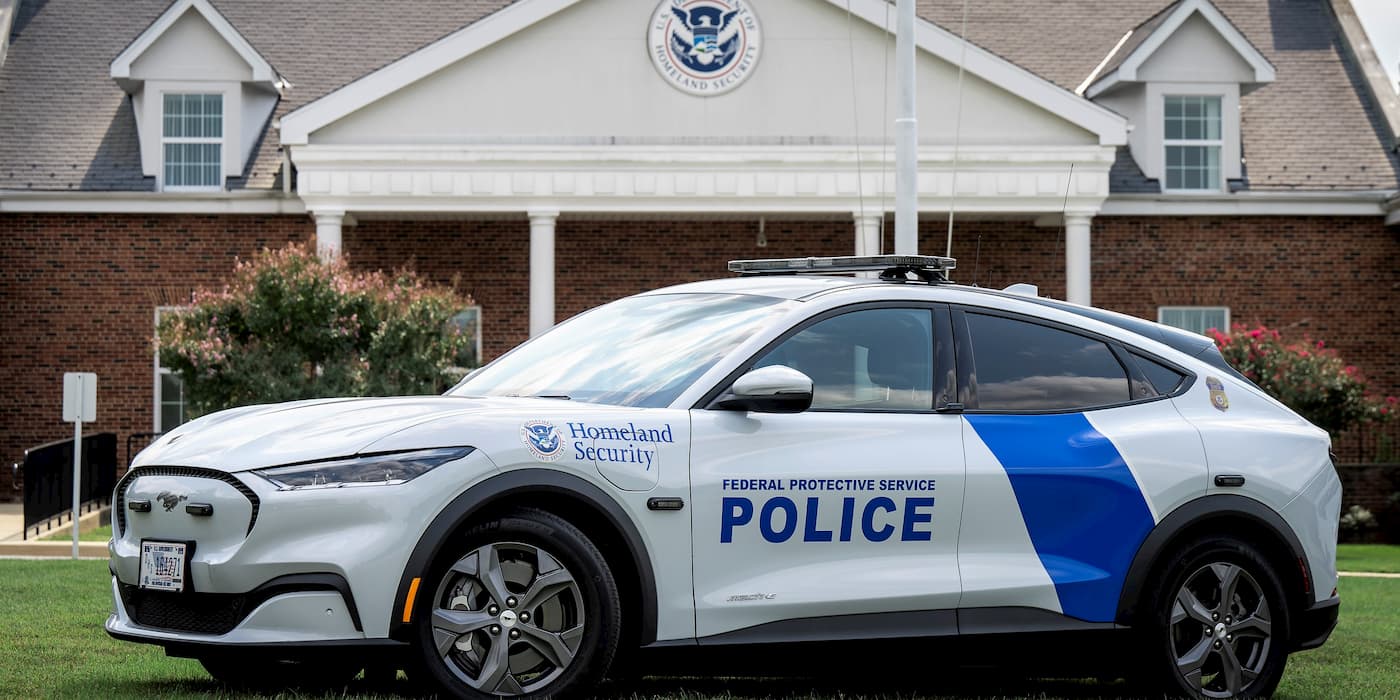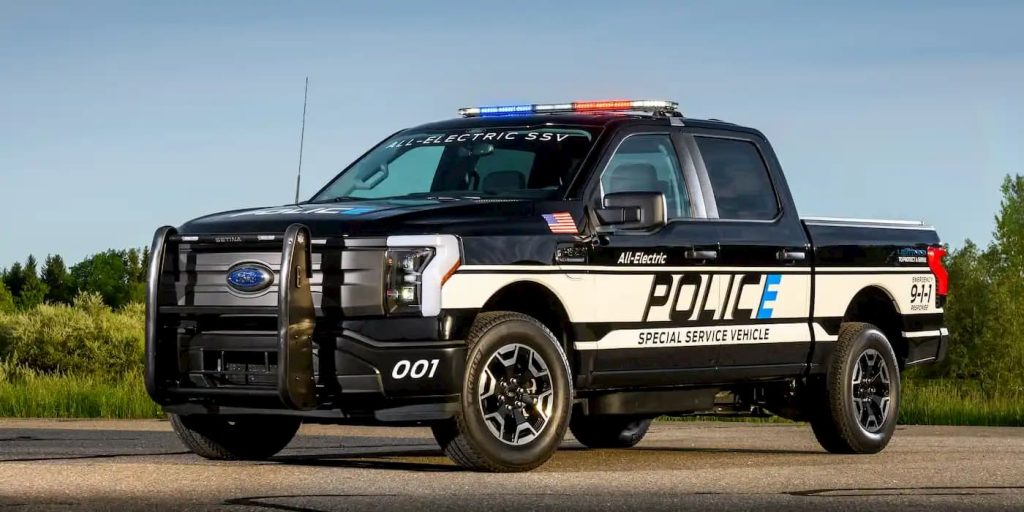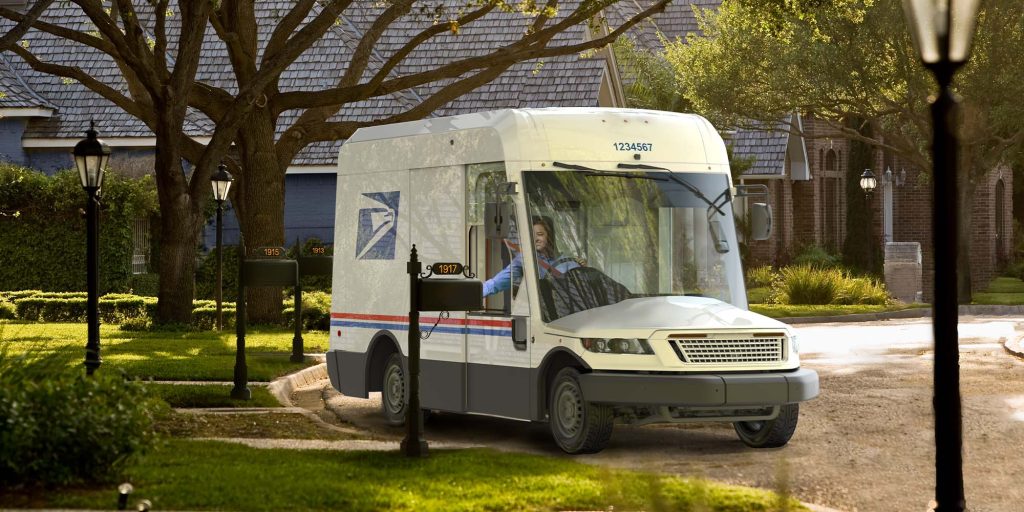
The US government aims to buy nearly 9,500 EVs this year, according to the Government Accountability Office (GAO). With the new update, exactly how committed is the government to going electric?
In December 2021, President Joe Biden issued an executive order to replace the entire US federal fleet with domestically-built electric vehicles.
This executive order calls for all light-duty vehicle purchases (sedans, smaller sport utility vehicles, and smaller pickup trucks) to be zero-emission vehicles (ZEVs) by the end of 2027. By 2035, all new vehicle purchases will need to be ZEVs.
The transition affects roughly 380,000 vehicles within the US fleet as they become due for replacement or upgrades.
Since the announcement, agencies have revealed several deals with various manufacturers, while most agencies have developed a fleet transition strategy. As of March 2023, 26 of the 30 agencies’ plans have been approved, representing over 99% of all affected vehicles within the federal fleet.
According to the latest GAO update, the US government is targeting to buy nearly 9,500 EVs this fiscal year while deploying an additional 8,500 charging ports.

How committed is the US government to EVs?
Last year, the US government said it had replaced or bought around 45,000 vehicles in fiscal 2021. Of those, only 260 were zero-emission.
The GAO found that agencies have taken, or plan to take, the first steps to adopt EVs, including an initial assessment and workforce training.
Following the assessments, the US government agencies set targets that amount to nearly 9,500 light-duty EVs in fiscal 2023, including SUVs, pickup trucks, and sedans.

Several agencies have already announced purchase agreements. For example, the US Forest Service is deploying Ford F-150 Lightning electric pickups to learn more about optimal fleet size and charging infrastructure.
The report found two key factors holding agencies back from adopting EVs. The first is limited vehicle availability. For example, the Department of Transportation (DOT) initially wanted to order 430 ZEVs in fiscal 2022, but their order was scaled back due to order cancelations from manufacturers.
Another contributing factor is limited vehicle selection. Many agencies are looking for larger SUVs or pickup models to complete various tasks. According to the GSA website, the Ford F-150 Lightning SSV is the only all-electric pickup with open availability.

However, several electric SUVs and vans are open, including the Ford Mustang Mach-E, Tesla Model Y, and Ford Transit.
While agencies wait for availability, many of them are prioritizing deploying charging infrastructure in preparation. The 26 approved plans include intentions to install 8,536 charging ports in fiscal 2023, 77% of which are level 2.
This government report did not include the US Postal Service (USPS), which – after years of saying it would adopt EVs – finally announced plans to buy 100% electric vehicles from 2026 after facing backlash over the lack of progress.

The plans ensure that 75% of new vehicle purchases will be electric over the next several years leading up to 2026. The USPS expects to acquire at least 66,000 EVs from defense contractor Oshkosh as it begins to transition over its fleet of over 220,000 vehicles.
In addition, the USPS said it would purchase 21,000 commercial off-the-shelf EVs to jumpstart the transition. The agency announced in February the first of those contracts, totaling 9,250 EVs, will go to Ford.
Electrek’s Take
With the US government aiming to buy 9,500 EVs this fiscal year, it only amounts to 2.5% of the roughly 380,000 vehicles that are due for an electric upgrade by 2028.
Even US auto buyers are transitioning to electric quicker than the government. According to the latest information from Cox Automotive, over 170,000 EVs were sold in the second quarter of 2023, accounting for 7.2% of the US auto market, up from 5.7% a year ago.
I understand supply constraints, but if the government wants to go all-electric by when they say they want to, they better get a move on.
The ICF Climate Center, a climate and environmental research arm within global consulting firm ICF, predicts electrifying the entire US fleet would save $6 billion over 15 years – just another reason for the urgency.
FTC: We use income earning auto affiliate links. More.



Comments